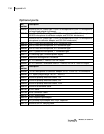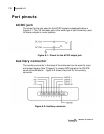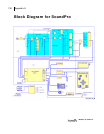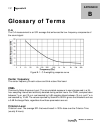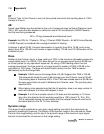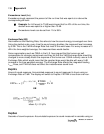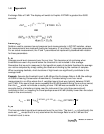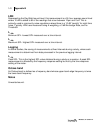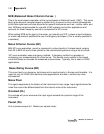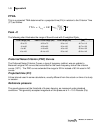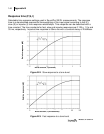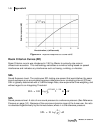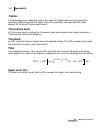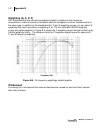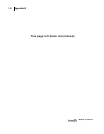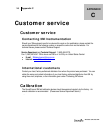
Appendix B
142
Models SE and DL
NCB (Balanced Noise Criterion Curves )
This is the most recent incarnation of the curves based on Beranek’s work (1987). This curve
family goes beyond a simple tangency method to try to ensure a more neutral characteristic
to the noise spectrum and also accounts for speech interference such as: rumble, rattle, and
hiss. NCB was recommended for use with HVAC systems and similar applications and
accounts for lower frequency sounds in comparison to NC curves.
When setting NCB as the type on the meter, you should use S12.1 unless a local ordinance
or similar requirement specifies the use of a tangency technique. (This is usually specified in
a standard.)
Noise Criterion Curves (NC)
With NC curve evaluation, sound is measured in octave bands in 8 octave bands ranging
from 63 to 8000 Hz and is then plotted on the octave band spectrum using a set of curves.
NC curve evaluation uses a tangency method. A tangency method is a process of
comparing your measurements to a fixed curve. The correct curve number is the lowest
curve that meets or exceeds the measured octave values. Typically, this is used in HVAC
applications.
Noise Rating Curves (NR)
This curve family is a tangency technique and is used primarily in Europe and Australia. It is
used not only for HVAC and machine noise applications, but also in community noise
enforcement.
Noise Floor
The signal magnitude at the bottom of the instrument’s linear range. Input signals below the
noise floor cannot be differentiated from the internal noise of the instrument.
Overload (OL)
An overload will occur whenever the input signal exceeds the dynamic range of the
instrument.
Pascal (Pa)
Unit of pressure equal to 1 Newton per square meter.



